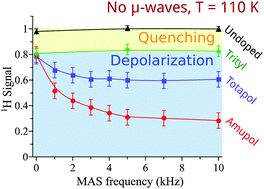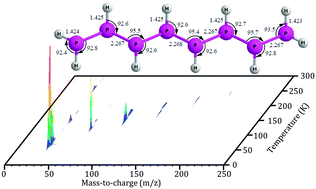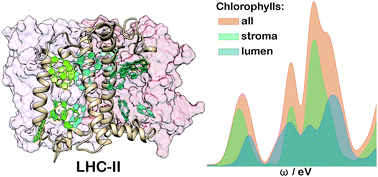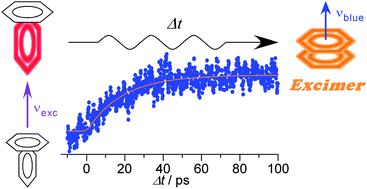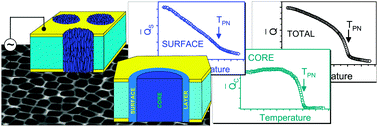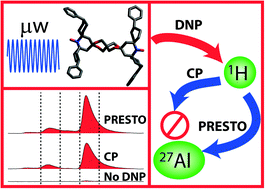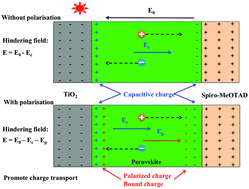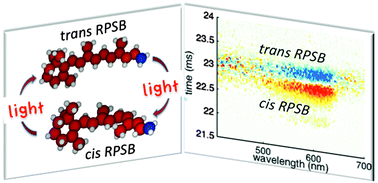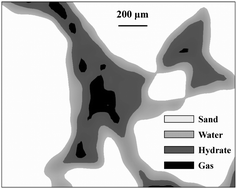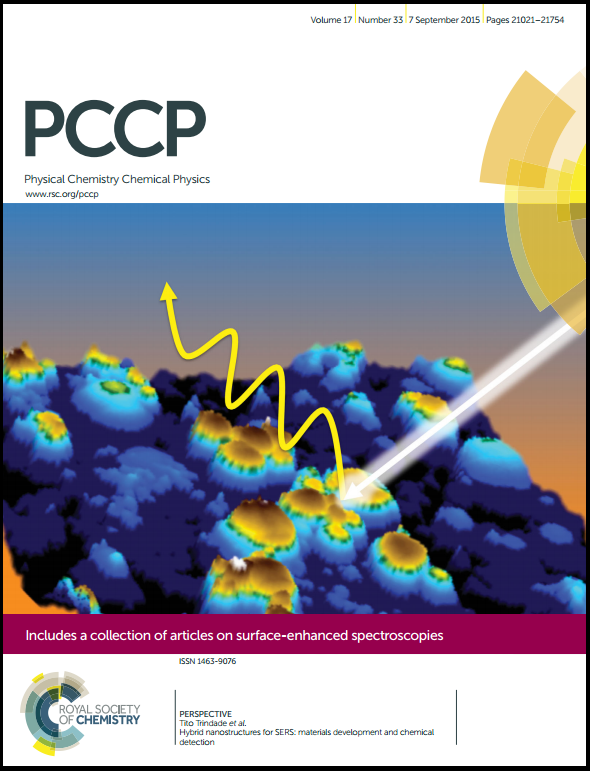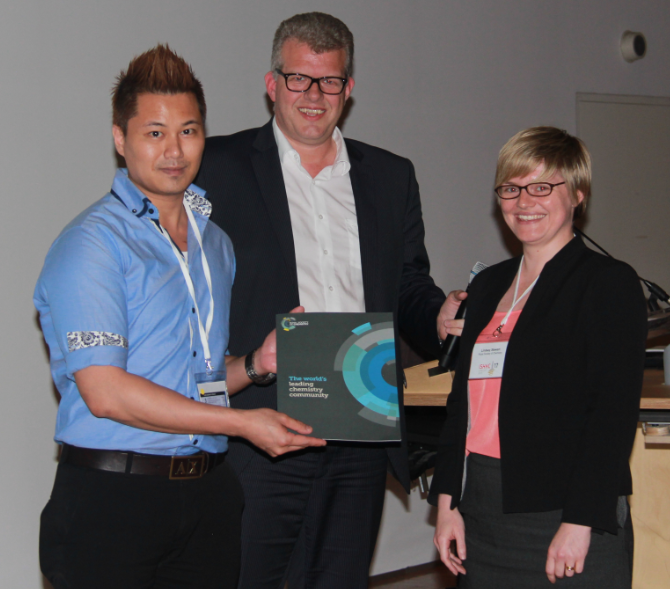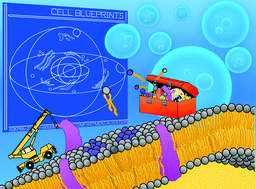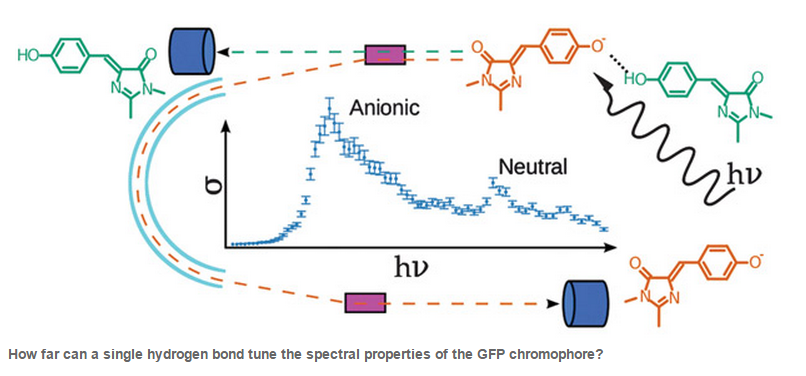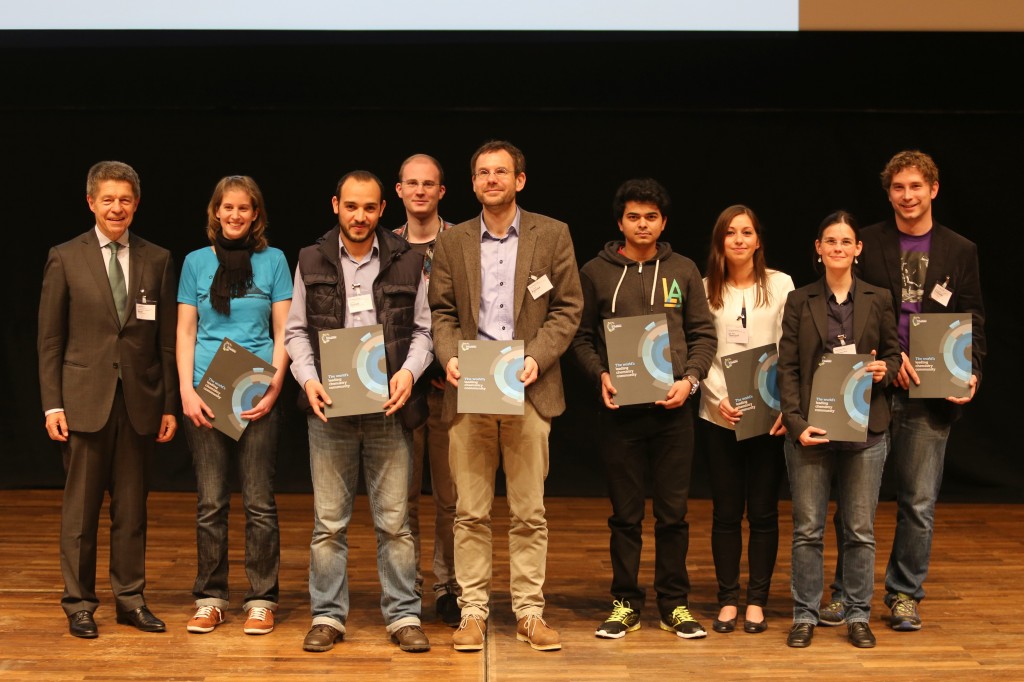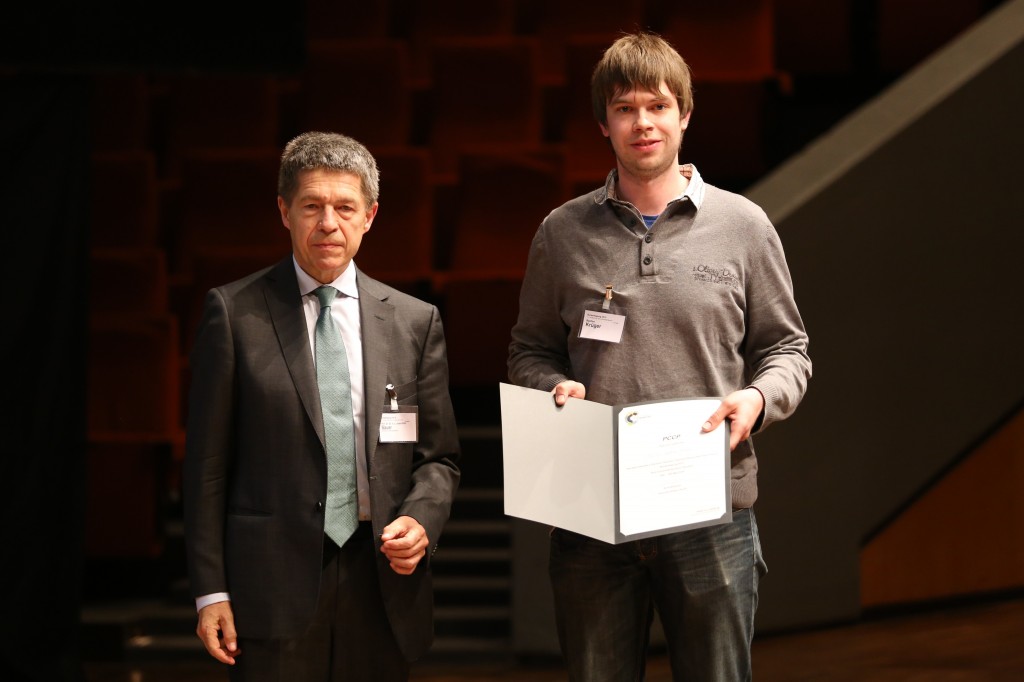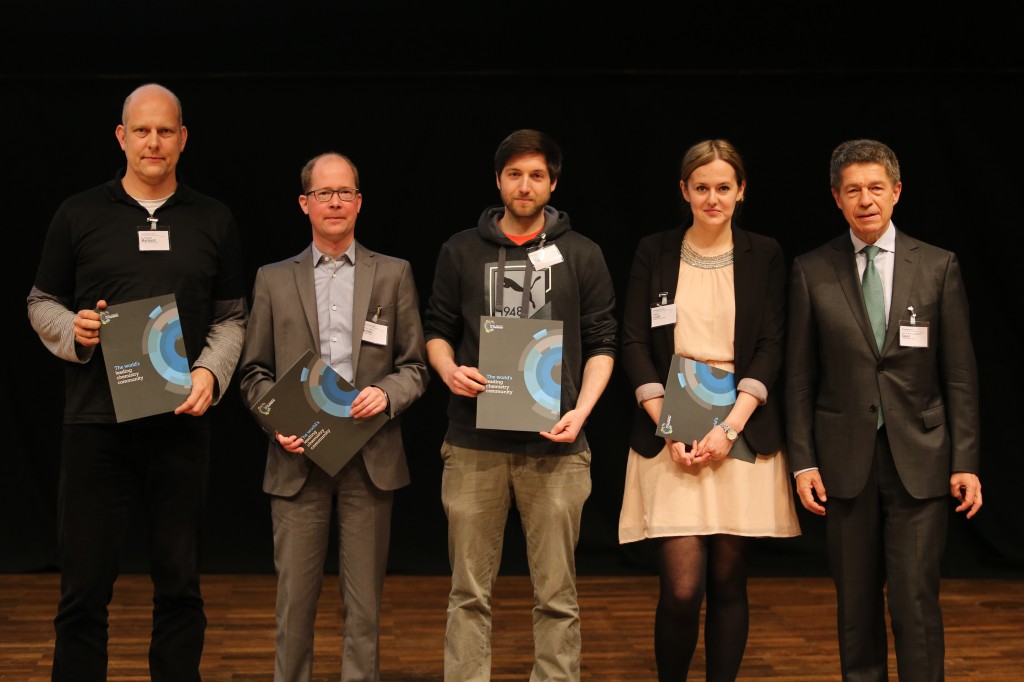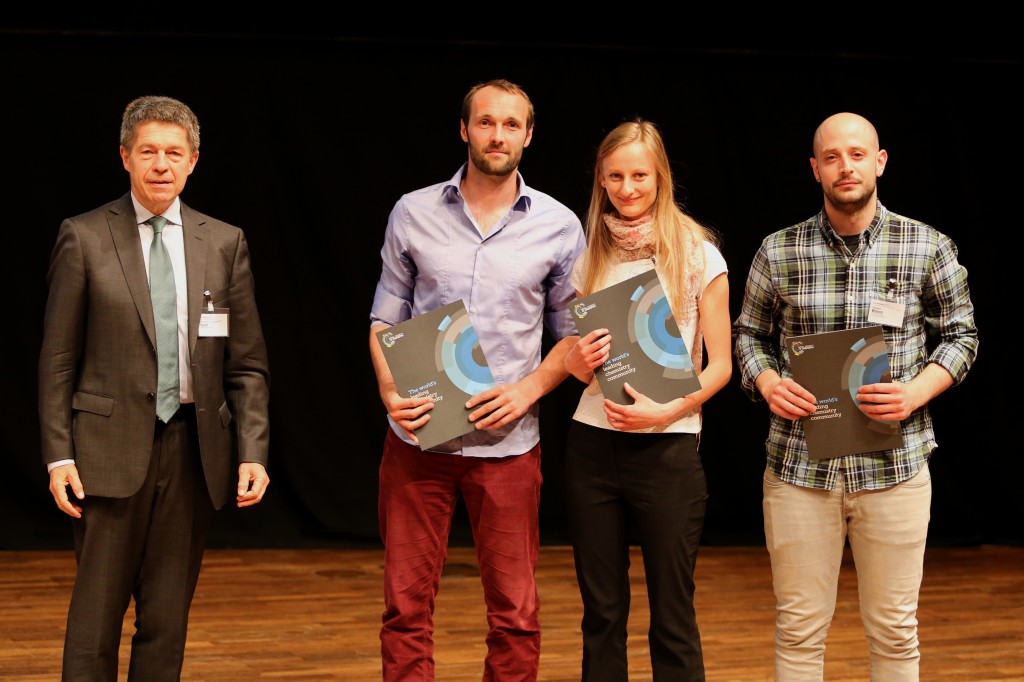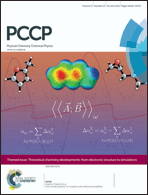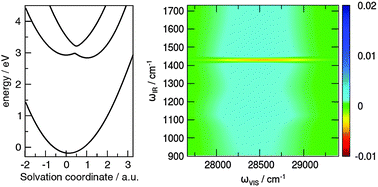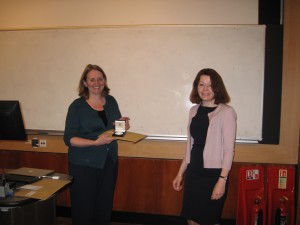The following HOT articles have been highlighted by the reviewers of the articles as being particularly interesting or significant pieces of research. These are all free to access until 30/09/2015. The order they appear in the list has no meaning or ranking.
Nuclear depolarization and absolute sensitivity in magic-angle spinning cross effect dynamic nuclear polarization
Frédéric Mentink-Vigier, Subhradip Paul, Daniel Lee, Akiva Feintuch, Sabine Hediger, Shimon Vega and Gaël De Paëpe
Journal Article
DOI: 10.1039/C5CP03457D, Paper
A photoionization mass spectroscopic study on the formation of phosphanes in low temperature phosphine ices
Andrew M. Turner, Matthew J. Abplanalp, Si Y. Chen, Yu T. Chen, Agnes H. H. Chang and Ralf I. Kaiser
Journal Article
DOI: 10.1039/C5CP02835C, Paper
Insights into colour-tuning of chlorophyll optical response in green plants
Joaquim Jornet-Somoza, Joseba Alberdi-Rodriguez, Bruce F. Milne, Xavier Andrade, Miguel A. L. Marques, Fernando Nogueira, Micael J. T. Oliveira, James J. P. Stewart and Angel Rubio
Journal Article
DOI: 10.1039/C5CP03392F, Paper
Real time observation of the excimer formation dynamics of a gas phase benzene dimer by picosecond pump–probe spectroscopy
Mitsuhiko Miyazaki and Masaaki Fujii
Journal Article
DOI: 10.1039/C5CP03010B, Paper
From themed collection Optical spectroscopy coupled with mass spectrometry methods
Charting the known chemical space for non-aqueous lithium–air battery electrolyte solvents
Tamara Husch and Martin Korth
Journal Article
DOI: 10.1039/C5CP02937F, Paper
Thermotropic interface and core relaxation dynamics of liquid crystals in silica glass nanochannels: a dielectric spectroscopy study
Sylwia Całus, Lech Borowik, Andriy V. Kityk, Manfred Eich, Mark Busch and Patrick Huber
Journal Article
DOI: 10.1039/C5CP03039K, Paper
PRESTO polarization transfer to quadrupolar nuclei: implications for dynamic nuclear polarization
Frédéric A. Perras, Takeshi Kobayashi and Marek Pruski
Journal Article
DOI: 10.1039/C5CP04145G, Paper
Photovoltaic performance and the energy landscape of CH3NH3PbI3
Yecheng Zhou, Fuzhi Huang, Yi-Bing Cheng and Angus Gray-Weale
Journal Article
DOI: 10.1039/C5CP03352G, Paper
Retinal shows its true colours: photoisomerization action spectra of mobility-selected isomers of the retinal protonated Schiff base
N. J. A. Coughlan, B. D. Adamson, L. Gamon, K. Catani and E. J. Bieske
Journal Article
DOI: 10.1039/C5CP03611A, Paper
Microstructural characteristics of natural gas hydrates hosted in various sand sediments
Jiafei Zhao, Lei Yang, Yu Liu and Yongchen Song
Journal Article
DOI: 10.1039/C5CP03698D, Paper
Born–Oppenheimer and Renner–Teller coupled-channel quantum reaction dynamics of O(3P) + H2+(X2Σg+) collisions
Pablo Gamallo, Paolo Defazio, Miguel González, Miguel Paniagua and Carlo Petrongolo
Journal Article
DOI: 10.1039/C5CP03451E, Paper


